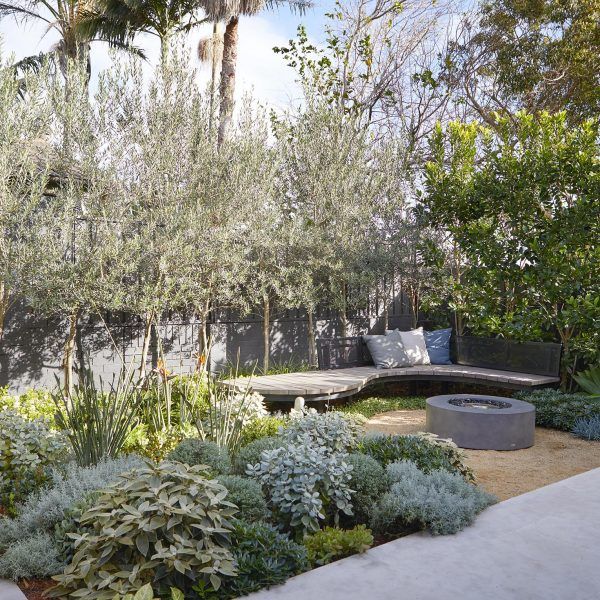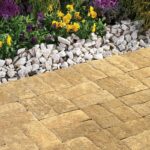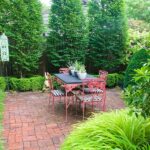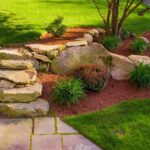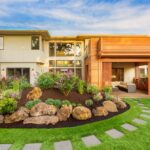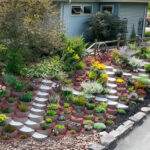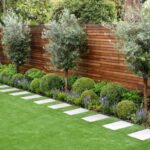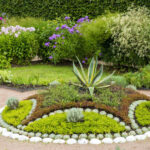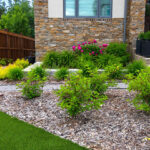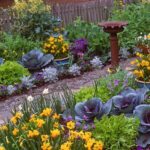Landscaping a garden can transform a simple outdoor space into a beautiful and inviting oasis. There are many aspects to consider when designing the perfect garden landscape, from the layout and design to the choice of plants and flowers. With a little planning and creativity, you can create a space that reflects your personal style and enhances the overall look of your home.
One of the first steps in landscaping a garden is to determine the layout and design of the space. Consider the size and shape of your garden, as well as any existing features such as trees or structures. Think about how you want to use the space – whether it be for entertaining, relaxing, or gardening. Create a rough sketch or plan of the garden layout to help visualize how everything will fit together.
Once you have a layout in mind, it’s time to choose the plants and flowers for your garden. Consider factors such as sun exposure, soil type, and climate when selecting plants that will thrive in your garden. Choose a variety of plants with different colors, textures, and heights to create visual interest and balance in your garden landscape. Don’t forget to include both perennials and annuals for year-round color.
Incorporating hardscaping elements such as pathways, patios, and retaining walls can add structure and functionality to your garden landscape. Think about how you want to move through and use the space, and incorporate pathways or seating areas accordingly. Use materials such as stone, brick, or wood to add texture and visual appeal to your garden design. Consider adding a focal point such as a fountain, sculpture, or garden art to create a unique and inviting atmosphere.
Maintaining your garden landscape is essential to ensure it continues to thrive and look its best. Regular watering, weeding, and pruning are essential tasks to keep your garden healthy and vibrant. Consider adding a layer of mulch or compost to retain moisture and prevent weeds. Monitor your plants for signs of pests or disease, and address any issues promptly to prevent further damage.
Lastly, don’t be afraid to get creative and personalize your garden landscape to reflect your own style and personality. Add personal touches such as garden decor, outdoor furniture, or lighting to create a welcoming and relaxing atmosphere. Experiment with different plant combinations and arrangements to see what works best in your space. With some careful planning and attention to detail, you can create a beautiful and functional garden landscape that you can enjoy for years to come.
